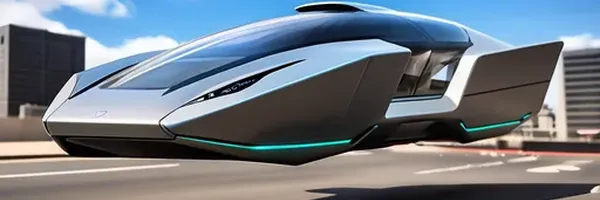Magnetic Levitating Cars Using Electric Induction to Power Cities
Grade 9
Presentation
Problem
Imagine a world where car accidents are almost inexistent. Or a world where we don't have to spend money on producing energy. Unfortunately, this is not our reality. In 2022, approximately 64.8% of all fatal accidents in Canada were caused by drivers who were either speeding (21.9%), impaired (23%) or distracted while driving (19.9%) causing up to 1931 fatalities. Fatality rate in Canada has seen several ups and downs but 2022 led to a 5.8% increase from 2021's rate of 0.69 fatalities per 10000 Motor Vehicles Registered (Canadian Motor Vehicle Traffic Collision Statistics: 2022). Overall, it is true that thanks to the enforcement of several traffic laws, fatality rate has been decreasing over the years, but a lot of work is still needed to be done.
Now to the energy crisis, in 2023, according to Statistics Canada, Canada produced up to 615.3 TWh of electricity to run its country and for exportation. This is less than the 625.7 TWh produced in 2021 as shown by Fig 1. This loss is due to the fact that approximately 60% of our electricity is produced by water. Over the years, Canada has been experiencing a lot more heat and less precipitation. In addition to that, 2023 had the hottest summer on record since 1940 impacting its major hydroelectricity producers. This shows us that this is not the most reliable source of electricity production.
Next up are our fossil fuels, they make up approximately 19.2% of our electricity production. This seems insignificant until you learn that it amounts to 118.1 TWh of electricity. Unfortunately, our world's fossil fuels will be depleted by 2090 (Fig 2) and if we account for continuously increasing demand, they may be depleted earlier. Moreover, fossil fuels are actually the safest and most consistent source of electricity we have. Take a look at Fig 3 where we can see, the fossil fuels are staying fairly consistent and are changing slightly after a long period of time unlike hydroelectric turbines which change every year.
The next energy source is nuclear energy which accounts for approximately 13.7% of the electricity produced. Nuclear energy has seen several changes in the rate to which it is being used as seen in Fig 3. We can see that it is growing slowly over the years. This is because nuclear energy is dangerous: examples are the Chernobyl disaster and the Fukushima. Therefore, countries will be quite hesitant to use nuclear energy as a major source for electricity production.
Finally, we get to the final 7.2% of the wheel: solar and wind energy. While these seem to be quite environmentally friendly or green, they are expensive to use and very inefficient. The electric production of solar panels depends greatly on their efficiency, their size and the average amount of sunlight received by the area they are placed in. Since the amount of sunlight received by the panels varies greatly, you cannot ensure a consistent rate of energy production especially when the days get shorter. Moreover, these panels are expensive according to Energy Hub, to produce the 4.7 TWh solar energy produced this year in Alberta would have costed approximately $10,939,655.2 not including the cost of construction. The final competitor is wind. Just like solar energy, wind energy’s productivity depends on the quantity of wind turbines and the position of the wind farm. These turbines are also extremely expensive to build and make but they are more efficient than solar energy.
To conclude, the world's electricity demand is slowly increasing and very soon our resources might not be able to satisfy demands. Therefore, in order to increase productivity, I have a simple plan: why don't we use our means of land transport as a source. How? I'll expatiate in the sections below. This will not only increase electricity production but it will also reduce the number of car crashes we have greatly. This will bring us closer to a utopian reality of reliable, long lasting energy sources and safer roads
Fig1  Fig 2
Fig 2 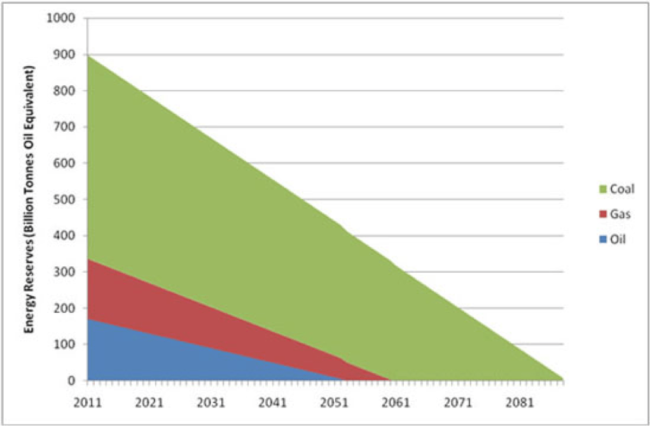
Fig 3 
Method
To ensure order as I progress, I have divided my project into five groups as follows:
- Levitation
- Motion
- Propulsion
- Control (Programming)
- Electricity Induction
This will enable me to have a structure so that when progress is made, I will be able to determine whether I am moving forward or not.
Levitation
In this section of my project, I will test whether my project is feasible or not despite its several applications in Japan and China. Unfortunately, due to this form of transport's rarity, it is crucial that I do some testing before progressing lest I go forward only to realize too late that there are major flaws in my reasoning. I will also do this testing to measure the strength of the neodymium magnets I received. I will also be able to determine their magnetic field geometry through this testing. This specific test will be important so that I can tell how the magnets will react while pushing against each other and to determine what kind of support I will need to keep the car floating safely.
Motion
Once I have gotten here, I should have determined the magnets' magnetic field structure and strength. I should have determined the strength of the magnets. It is at this point where I will develop the structure of the tracks I will use. I will decide what method of levitation I will use attractive or repulsive. I will also determine what structure I will use for the tracks and how much liberty I will be able to permit for my vehicle. After all, this is where the car will drive therefore it has to be suitable or all will be lost. In this stage, I will determine how much space I will have to put between the magnets on the tracks to ensure a smooth ride. I will also have to determine the strength of the car's magnets.
Propulsion
By this stage, my track structure and car structure should have been decided, built, or sketched. This is where I will decide how the car will move. This method could lead to extreme changes in the car's structure to accommodate for a propulsion system or it could lead to changes in the track's structure to also accommodate for the propulsion system. It could lead to changes in the car's mass thus I would have to increase the car's magnetic strength. I would have to be extremely selective in this stage because any propulsion system can interfere with the car's magnetic strength
Control (Programming)
This will be the most complex part of the whole project. I will need to decide what parts or structures will need coding and what sort of coding. I might need to acquire some more materials to ensure that the entire system is autonomous and will need as little human interaction as possible. This allows my hands to be free to give me the ability to present properly. I will be using Arduino C++ (Fig 4) to do the programming. This is the part where most construction will occur as circuits will be programmed, connected, and inserted.
Electricity Induction
This is the final and most important part of the whole project. For this part, I will be using the moving magnetic field to generate electricity since a moving magnetic field induces current. I could use a linear induction coil to be able to generate electricity using the magnetic field just like the newest Japanese maglev train (Fig 5). If this is successful, the structure and electricity production rates could be scaled up and improved so that it can become a viable form of transport and energy source.
Fig 4  Fig 5
Fig 5 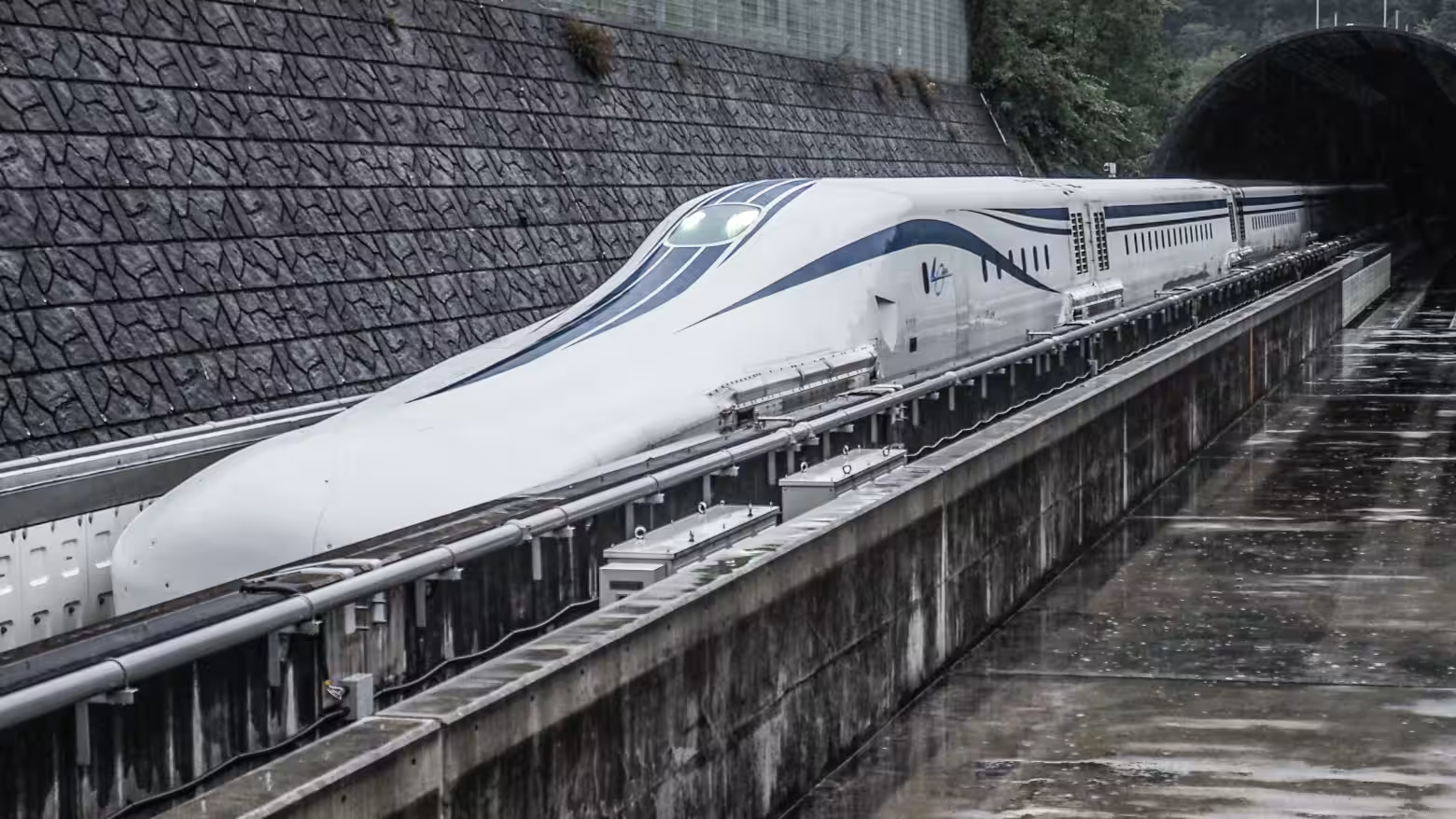
The Chuo Shinkansen in Japan
Analysis
Experiments
Levitation
To ensure that my theory was sound and made sense, I decided to test it out by making a small model using cardboard and neodymium magnets. I put opposing poles together and let them go with a little bit of support to ensure that the magnets don't get derailed. During this experiment, I discovered something crucial: what we learn in school is incomplete if not incorrect. Magnets don't repel each other, they are actually trying to flip each other around to realign the poles. What we call 'repulsion' occurs because there is a border or surface restricting the magnet's movement. Unsurprisingly, when I let go, the magnets were lifted 2cm which is 1cm more than the model's goal now I need to determine how much weight can be lifted to get to 1 cm or how much force I will need to lift the mass I need. I also noticed that the magnets I used had a peculiar magnetic field. As you can see in Fig 6, I managed to make the model levitate with only a little support in the back.
Motion
For this part in the experimental process, I constructed a model track three neodymium magnets long and made a model car with two magnets and pushed it along. Unfortunately, I made the gaps between the magnets too big, and the car seemed to be going up and down a hill. I promptly fixed this problem by adding smaller magnet pieces within the gaps. Though this solved the problem of the ridges and hills, it created another problem: instability. Therefore, I have to find a way to keep the gaps between the magnets small but retain stability not just in the tracks but in the magnets. I need to make sure the magnets don't put a lot of strain on the system that it snaps. In figures 7 & 8, you can see the length of the test track I made. You can also see that the car is being held up by the magnets alone but is being kept from rotating by the track rails.
Propulsion
To move the car along, there are several possibilities that could be used and were considered. One possibility could be to push the car along with a fan but the magnetic field from the car will be weighed down. A pulley system is the best choice to move the car as there is nothing impeding the car's movement. I have tried the pulley system and it works so far so it seems like this is what I'll use for now till I develop a better way to do so but that might be later (Fig 9). So far the pulley system has worked perfectly except the car still rotates due to the rotatory force of the magnets. So I put a bit of a support to hold it at specific points of the system.
Control
To control the car, I used my Arduino UNO board and Arduino to do the programming. I used the following program. I connected it to my remote control. This automates the system to a certain degree but I still have to control it using a remote control. With it, I can move forward and backward using my pulley system.
Induction
To calculate the amount of electricity I will produce, I will use the formula EMF= -N(dΦ/dt) where:
- N is the number of coils
- dΦ is the difference in the magnetic flux density
- dt is the difference in time.
Unfortunately, due to a lack of resources and time, I was unable to build a proper induction system even though before I was able to produce a bit of electricity with a single magnet. Therefore, I will still perform the experiment, but on paper. I will continue working on the induction part of the project but for now, I am working on a hypothetical situation. This will help me have some results to expect when I will be carrying out the actual experiment
Model Electric Induction
The track (Fig 11) is 90 cm long, so the approximate number of loops will be equal to 10000 coils. The flux density difference between the magnets on the track and the car is 2.8 T. Now I will calculate the induced current after 1 minute of constant movement.
Substitute into –N( dΦ/dt)
Giving,
-10000(2.8/60) = 466.67 V.
Even though this is just an approximation, and the car probably won't be going back and forth fast enough to produce this current, this is good. Now let us input using a real world example, Calgary to Vancouver. Although it is a small distance of 973km, it could hold a whopping 10,811,111,111.1 coils or more. Through some calculations using the Chuo Shinkansen as a reference, it will take about 5403 seconds or 90 minutes. Now if each magnet has a strength of 10T and there are 4 on each side, that gives a total of 40T. Now each propulsion magnet has a power of 5T and for every length, there are about 10 that the magnets interact with giving a total of 50T. Now substituting:
- 10,811,111,111.1(10/5403) = 20,009,459.8 V
Now finding the resistance of the wire using R = (ρ*L)/A
and substituting the values for resistivity, Length and cross sectional area, I get,
(1.72 x 10^-8 * 62,055,777,777.714)/0.001092
which equals to
977,435.3Ω
Now using this value, I can now find the current in the circuit using I = V/R
20,009,459.8/ 977,435.3 = 20.5
now, multiplying this value by the voltage, I can find the power
20,009,459.8 * 20.5 finally giving us a value of
409,621,458.6 Wh or 0.0004096214586 TWh.
This may not seem like much compared to what Canada produces until you look at the number of people moving from British Columbia and multiply. About 68,000 British Columbians moved to Alberta and 18459 Albertans moved to British Columbia in 2023. This gives us a total of 86459 people and we'll assume about fifty people take the train per day, it gives us a total of 1729 trips per year. This gives us a total of 0.7082355019194 TWh. which is about 0.1% of that year's production. Now multiply that figure by several other train systems that can be built around the country, and it is mind boggling considering it is only one vehicle. It should be noted that these values are only approximates but are very close to reality.
Fig 6 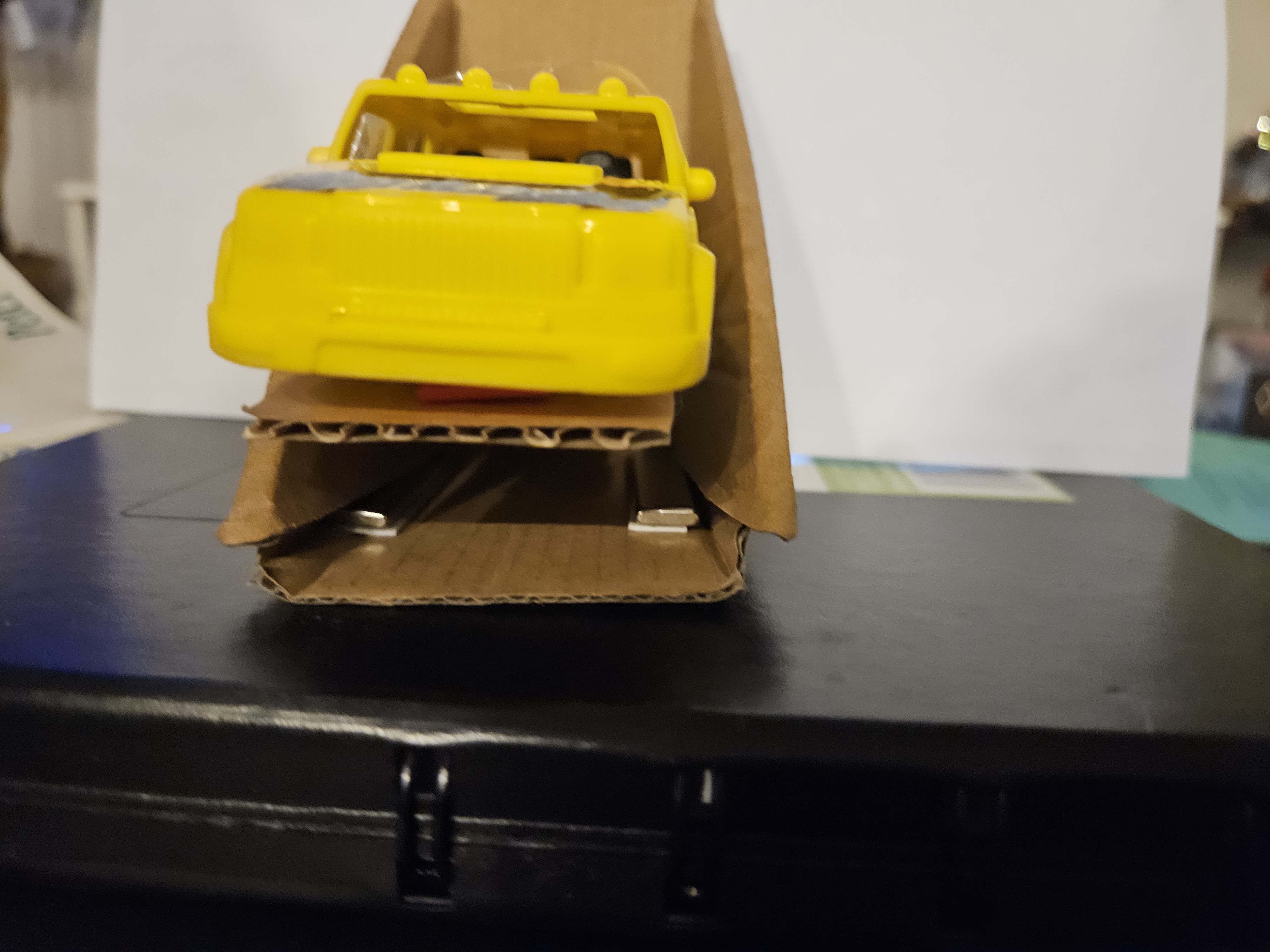 Fig 7
Fig 7 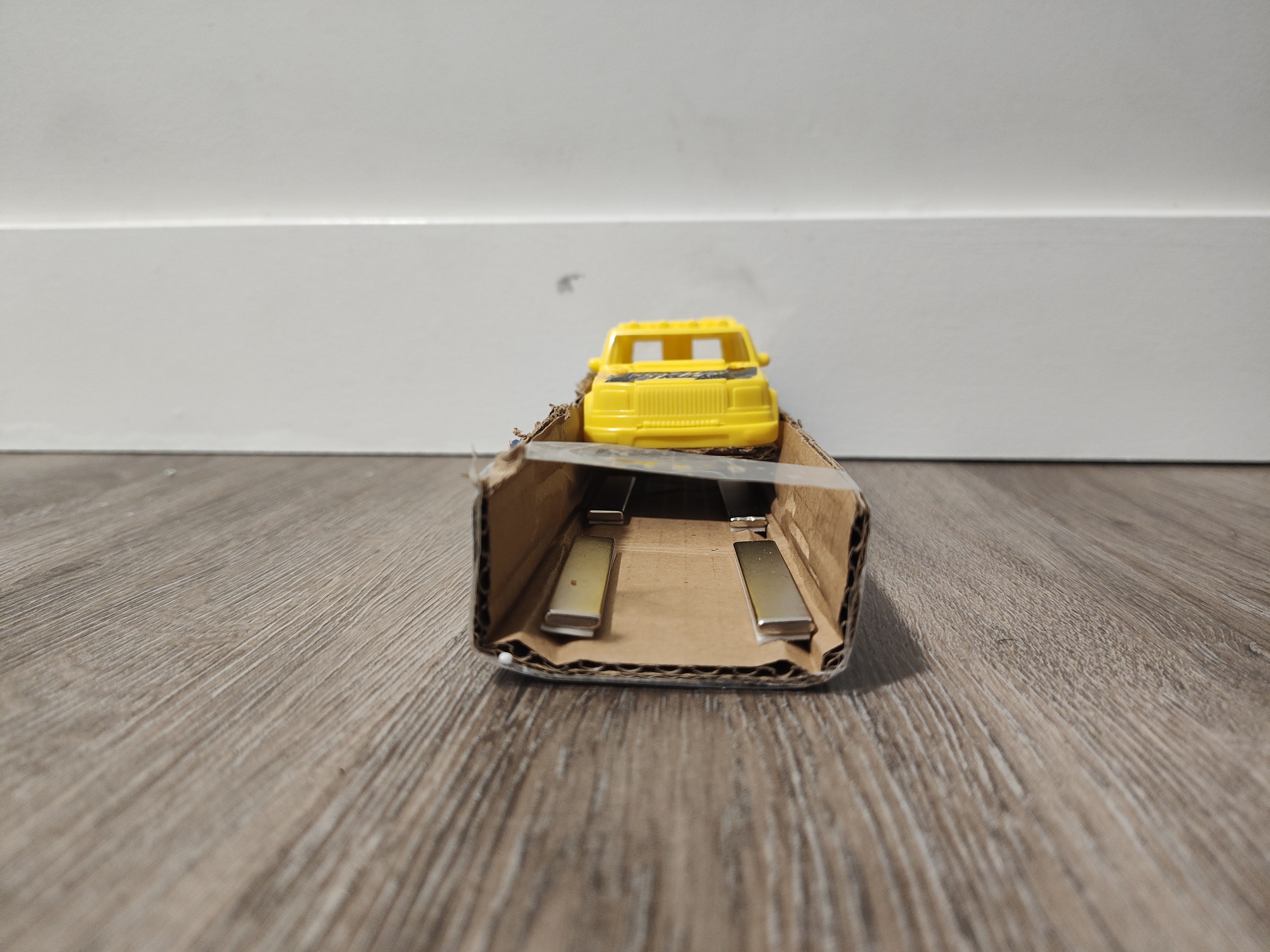 Fig 8
Fig 8 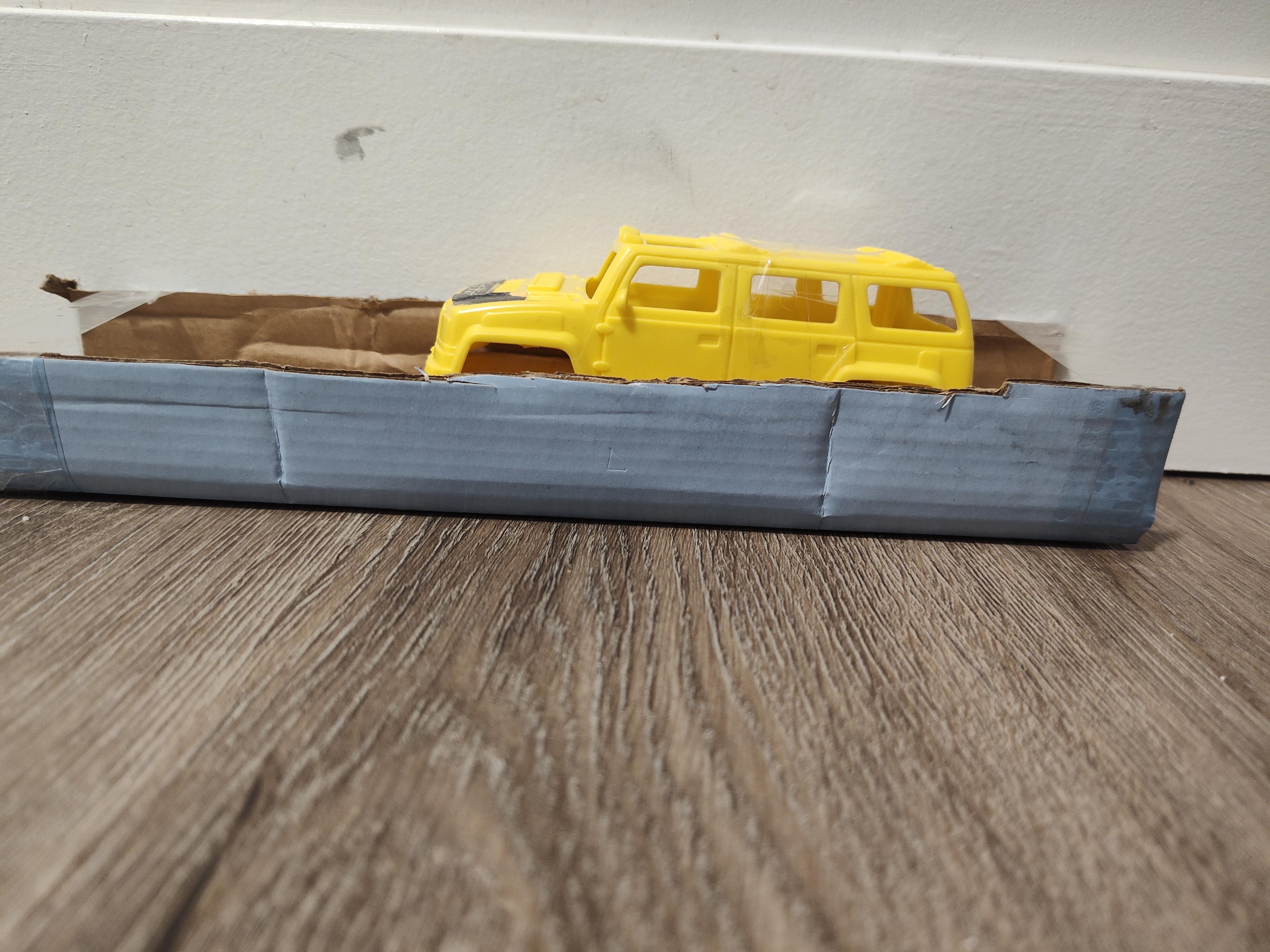
Fig 9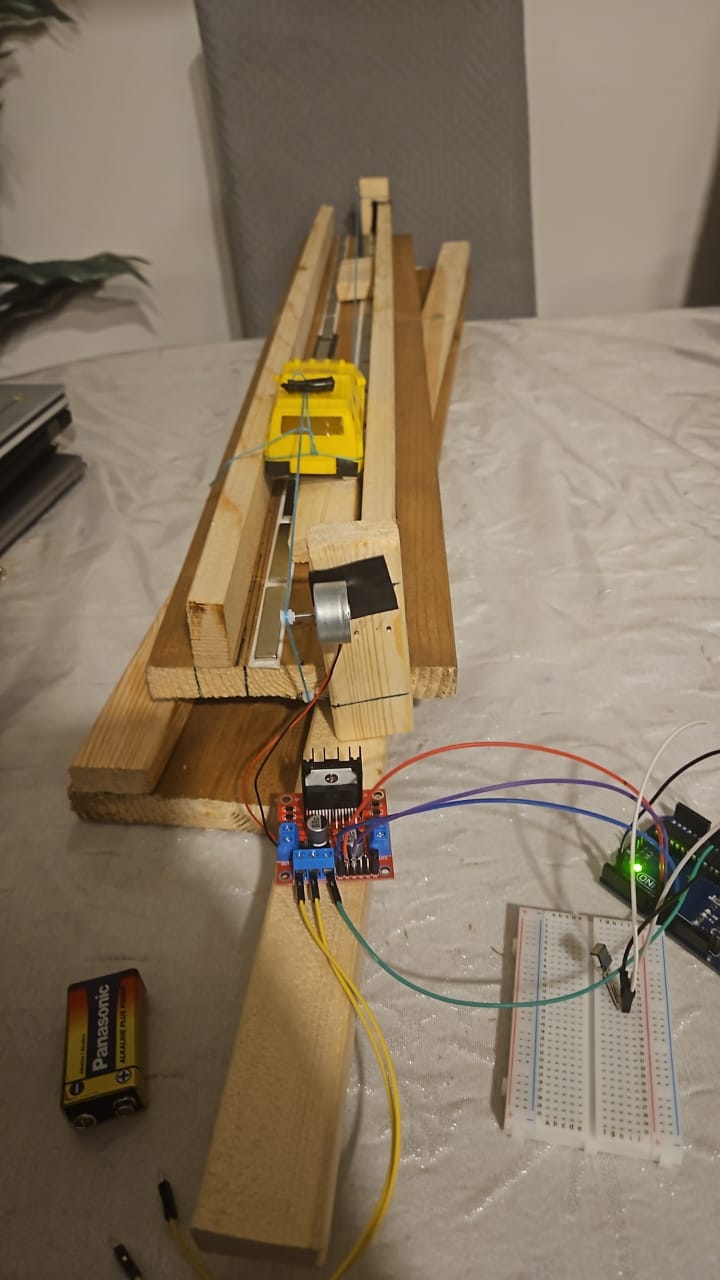
Conclusion
Conclusion
To conclude, this technology if implied and done right, will have a momentous impact on the world. No longer will you have to bear the expenses of a flight or the stress of rush hour traffic. Nor will Canada have to burn tons of non-renewable resources to produce electricity. All the government will have to worry about is if the transport system is being used frequently or not. And the money made from the exports of electricity can be used to pay off debts and to actually better the lives of Canadians.
Moreover, the speed at which the maglev car moves, it will reduce the amount of stress felt by Canadians concerning public transport and it is good for snowy conditions especially because the car doesn't necessarily need traction to move only to pick up speed and to brake but that can be replaced with another system. The car will move faster and there will be no worries concerning the weather because it moves without friction from the ground. Not only does this provide an efficient form of transport, it also increases energy production in a clean and safe way. No fuel is used up and the car will not need more electricity than it produces due to the distance it covers and the number of total trips it undertakes.
Citations
- Government of Canada, Transport Canada.(2024, May 2).Canadian Motor Vehicle Traffic Collision Statistics: 2022. Canadian Motor Vehicle Traffic Collision Statistics: 2022 (canada.ca)
- Govenment of Canada, Canada Energy Regulator.(2024, September 10).Provincial and Territorial Energy Profiles – Canada.CER – Provincial and Territorial Energy Profiles – Canada (cer-rec.gc.ca)
-
MAHB.(2019, May 23).When Fossil Fuels Run Out, What Then?When Fossil Fuels Run Out, What Then? - MAHB (stanford.edu)
-
Government of Canada, Statistics Canada. (2024, March 14). Hydroelectricity generation dries up amid low precipitation and record high temperatures: Electricity year in review 2023.Hydroelectricity generation dries up amid low precipitation and record high temperatures: Electricity year in review 2023 - Statistics Canada
-
Urban, R. (2024, July 25).Solar Power Alberta (2024). Solar Power Alberta (2024 Guide)
Acknowledgement
I will like to thank my dad and my mum for supporting and helping me throughout this project and for providing me with the materials I needed for the project. I will also like to thank my brother for highlighting and emphasizing the different problems and issues with my project I may have not noticed. Finally, I would like to thank my sister for supporting me throughout this project.

